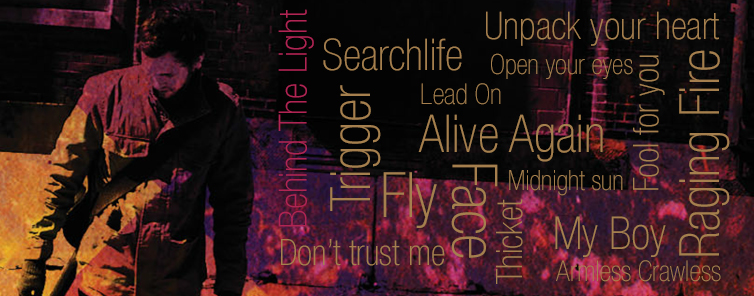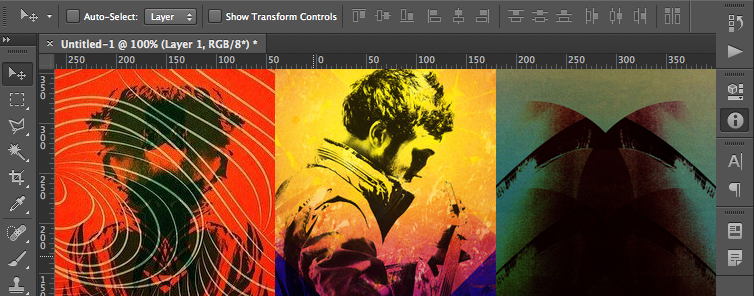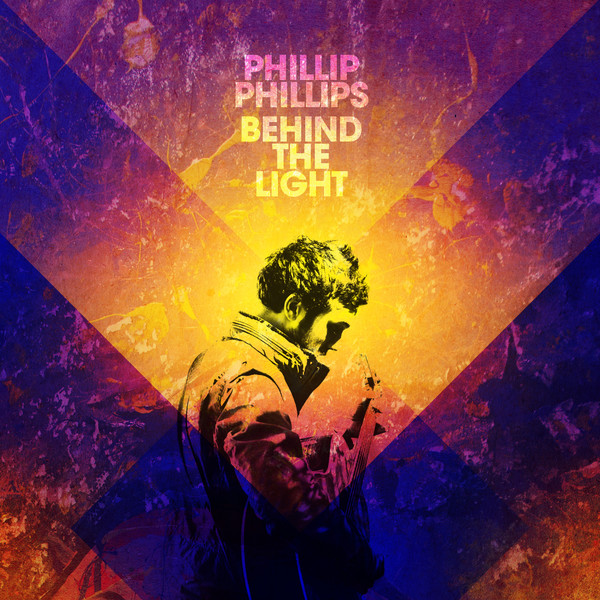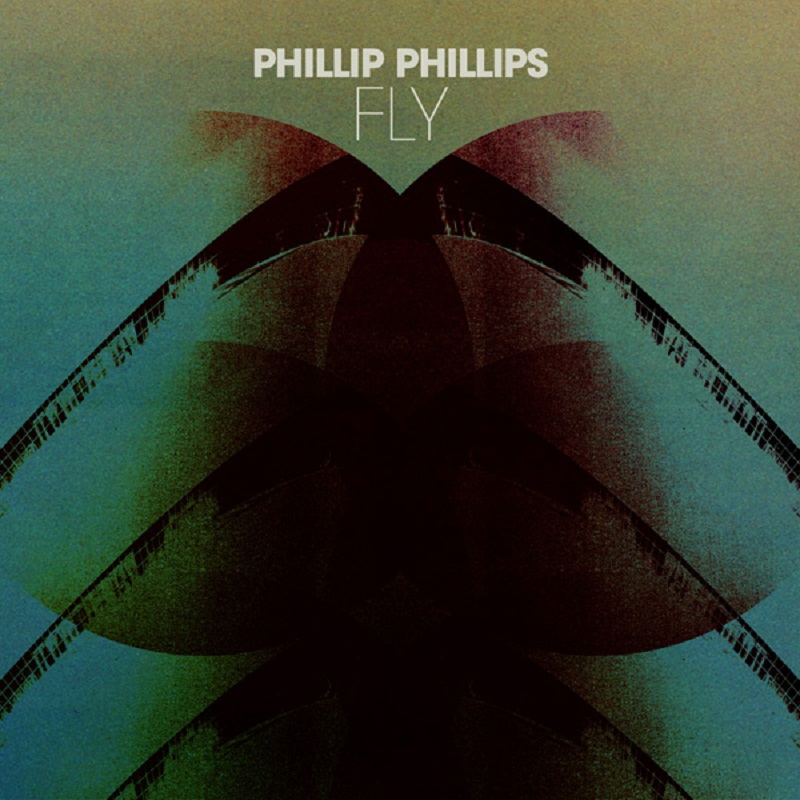We waited, we listened to the snippets, we counted down the days, and finally, it is here. To the sheer joy of Phillip Phillips fans everywhere, Behind The Light was released at midnight on Monday; within an hour it had reached number 1 on the Pop Charts on iTunes, a testament to the huge anticipation and the incredible support from Phillip’s ever growing fan base. It’s only been a few hours and a few listens, but I feel I can say without hesitation that Behind The Light has exceeded all my expectations and hopes, and keeps proving that Phillip Phillips has arrived and is here to stay.
It’s easy to make comparisons, but it’s inevitable to look back and see how much Phillip has accomplished in just two short years and admire his steady and assured growth as a musician and as a songwriter. And in Behind The Light we see him not only expand his song writing vocabulary but bring into the studio the energy and exhilaration that have come to define his live performances.
I feel that confidence has always been an important quality of Phillip’s music. But where you saw the confidence you also saw the effort behind some of the songs on The World From The Side Of The Moon. In this new group of songs you can feel not only a new maturity but a new ease in his songwriting, a more direct way of expressing his ideas while still conveying the same or more complexity. This goes both for the lyrics and the music, but in particular for the lyrics. Phillip has said that the new album is about growing up, about both the fear and the beauty we experience as we get older. But another recurrent theme is truthfulness, which he explores through many images of darkness and light, fire and release. So though musically the album may be very different from song to song, the lyrics unify it in tone and feeling.
The album starts with “Searchlight,” a song whose rousing beat and background vocals contrasts with delicate lyrics about healing and redemption. It’s a perfect introduction to the journey the music will take you: there is light and darkness in every song, mournful undercurrents to the most hopeful of songs and light and hope shinning in the most sorrowful ones.
By the time Phillips sings “I see myself again/Behind the Light I flicker” in “Alive Again,” we are well into the themes of the album, the words here conveying the idea of what he is when in darkness, the true side of himself that nobody gets to see. And in “Unpack Your Heart” he touches again on acknowledging what is hidden, of revealing ourselves as we are to each other, of letting go without fear:
“Meet me where the sunlight ends/Meet me where the truth never ends/Bring all that you’re scared to defend.”
I tend to be moved more easily by music than lyrics, but this album contains so many intimate, carefully crafted lyrics, that I think they really define Behind The Light; nothing here is an afterthought. The world From The Moon already showed that Phillip has a beautiful way with words and here we can see his eye as writer sharpening and blooming, finding just the right words to create immediate images in your head that break your heart or fill it with hope (“Alive Again”), convey the passion of unending love (“Raging Fire”), the pain that creeps into a tortured mind (“Trigger”), and the heavy heartedness of fear (the quiet, repetitive mantra of “everything will be better now” in “My Boy”).
Musically, Behind The Light is very diverse, going from the stripped but incredibly rich sound in a song such as “Face,” to the sparse percussion and baroque sounding strings in “My Boy,” to sleek, intricate drums and incendiary pedal steel guitar in “Fly;” each song is allowed to be what it needs to be. Phillip has said many times that with Behind The Light he set out to do an album that would capture his “live band” sound and I think he really succeeded in doing that; the album has an incredible, organic energy throughout. A good example is “Don’t Trust Me,” a fantastic funky song (with some of the most introspective lyrics on the album) which really captures the live feel of the band, with amazing bass and horns that will be explosive in concert. As always, Phillip’s vocals are passionate and stirring, with subtle inflections and phrasing that brought tears to my eyes more than once.
Looking at the liner notes we can see Phillip reunited with the same team that made his first album such a great success: producer Gregg Wattenberg, and writers Derek Fuhrmann, Todd Clark and David Ryan Harris. It also includes an amazing new collaboration with Finian Greenall of Fink on “My Boy.” An added thrill is seeing Phillip listed as a producer on the album and the excellent members of his band playing on it, Errol Cooney on guitar, Philip Dizack on trumpet, Dave Eggar on cello, the incredible Jason Thomas on drums, “JJ” Smith on bass and Bobby Sparks on keyboards.
Most people will be downloading this album, but if you happen to own a physical copy, you will get to enjoy the amazing art by Rob Carmichael, which brilliantly captures the theme of darkness and light, shadows and fire throughout. Take a look at the images as you listen to the album and you’ll see the themes beautifully play out, poignantly, until the end.
I am the ultimate romantic, and as a fan, I care about artistic integrity and depth. Behind The Light has both–I never doubted it would. With this album Phillip has opened up and shown us what is behind the light; what we find there is beautiful to see.
Review by Andreina Romero
[socialpoll id=”2202338″]





